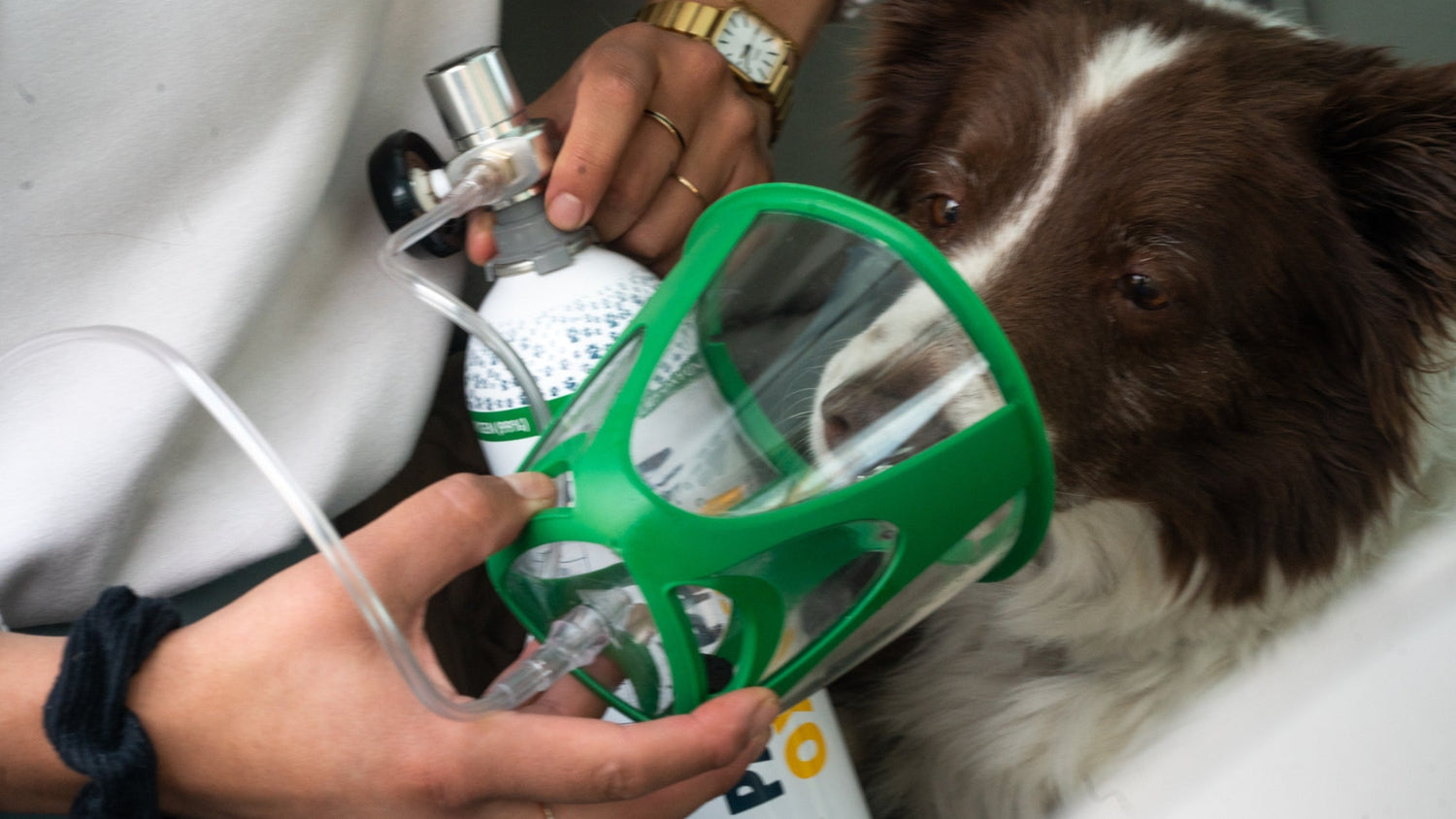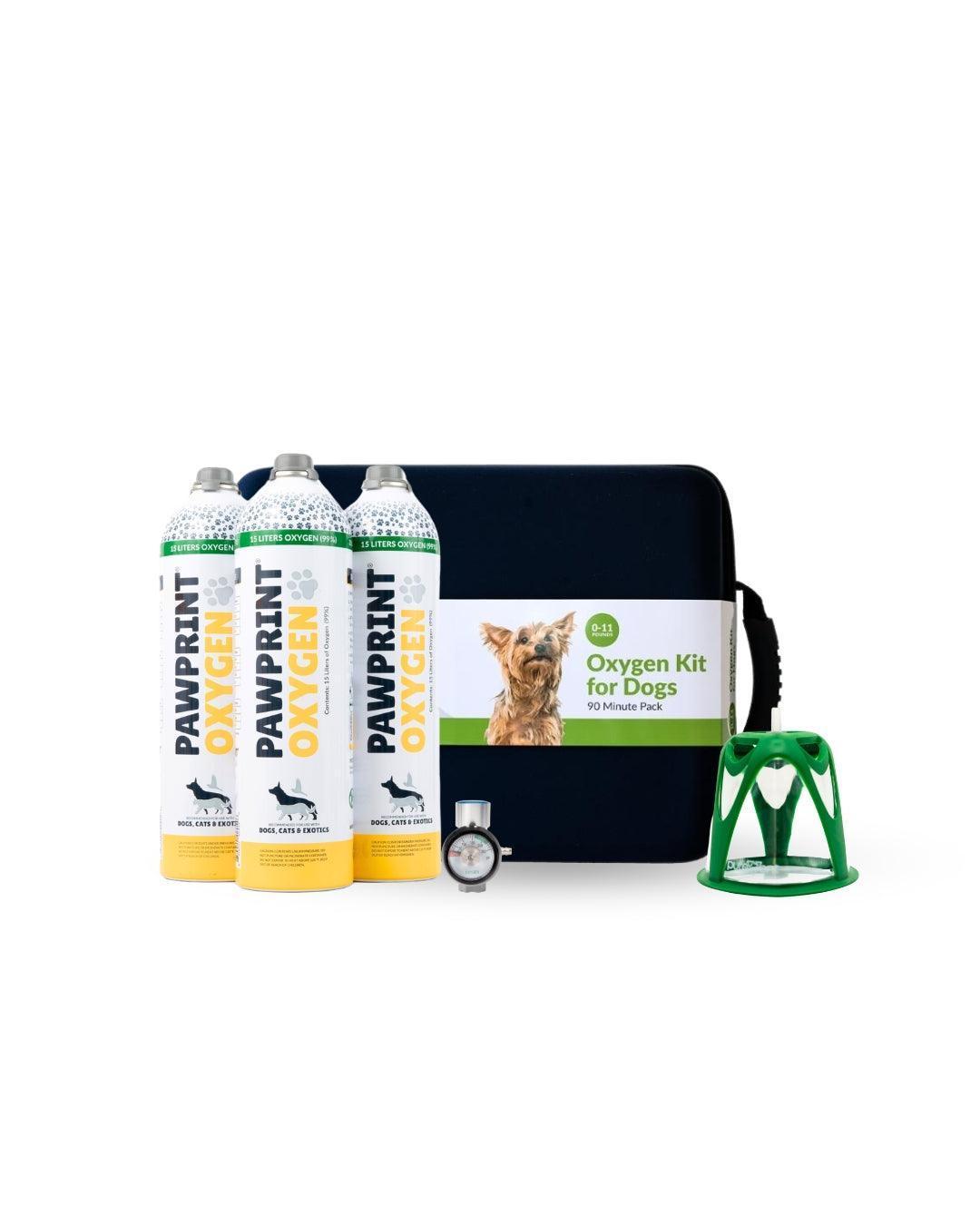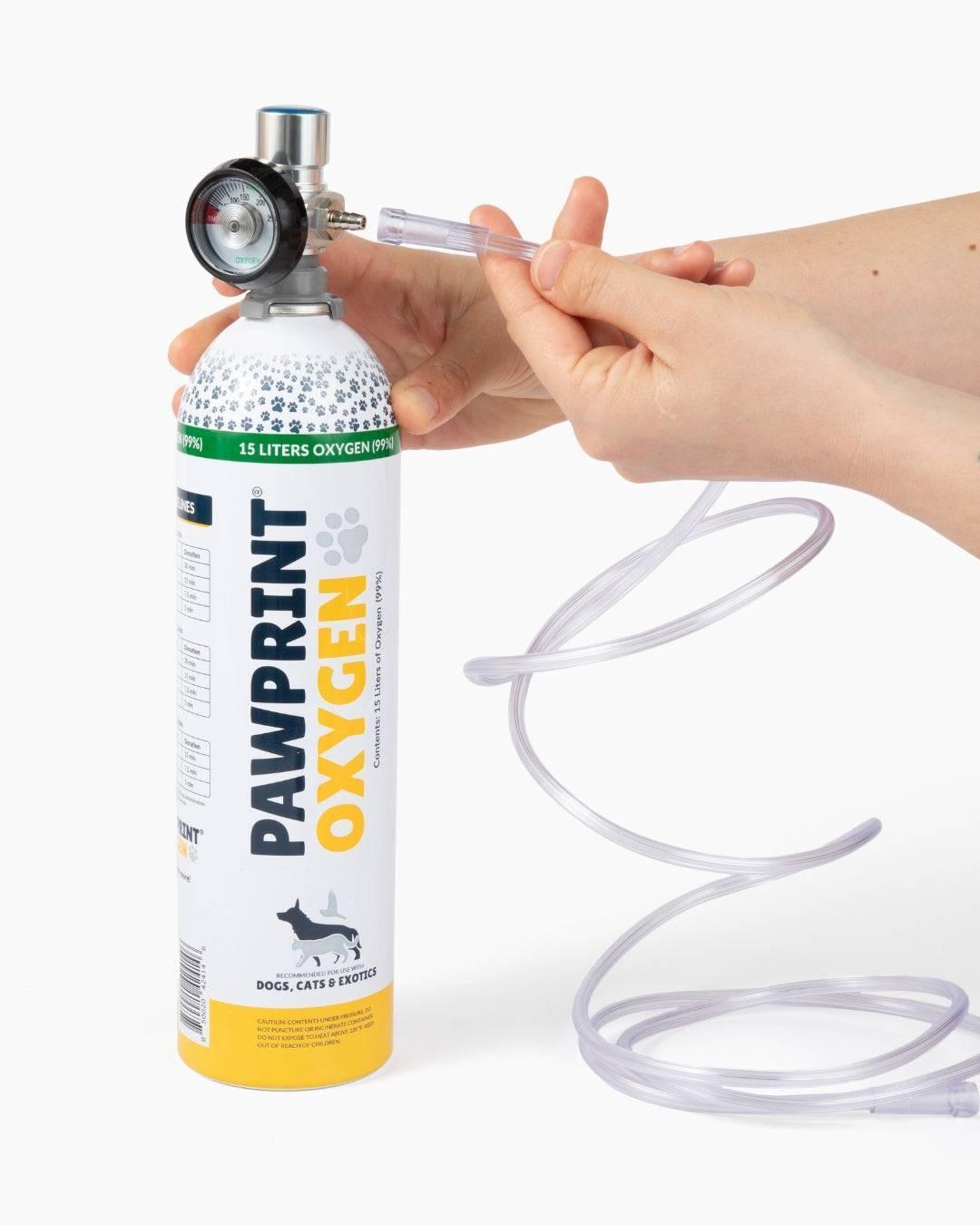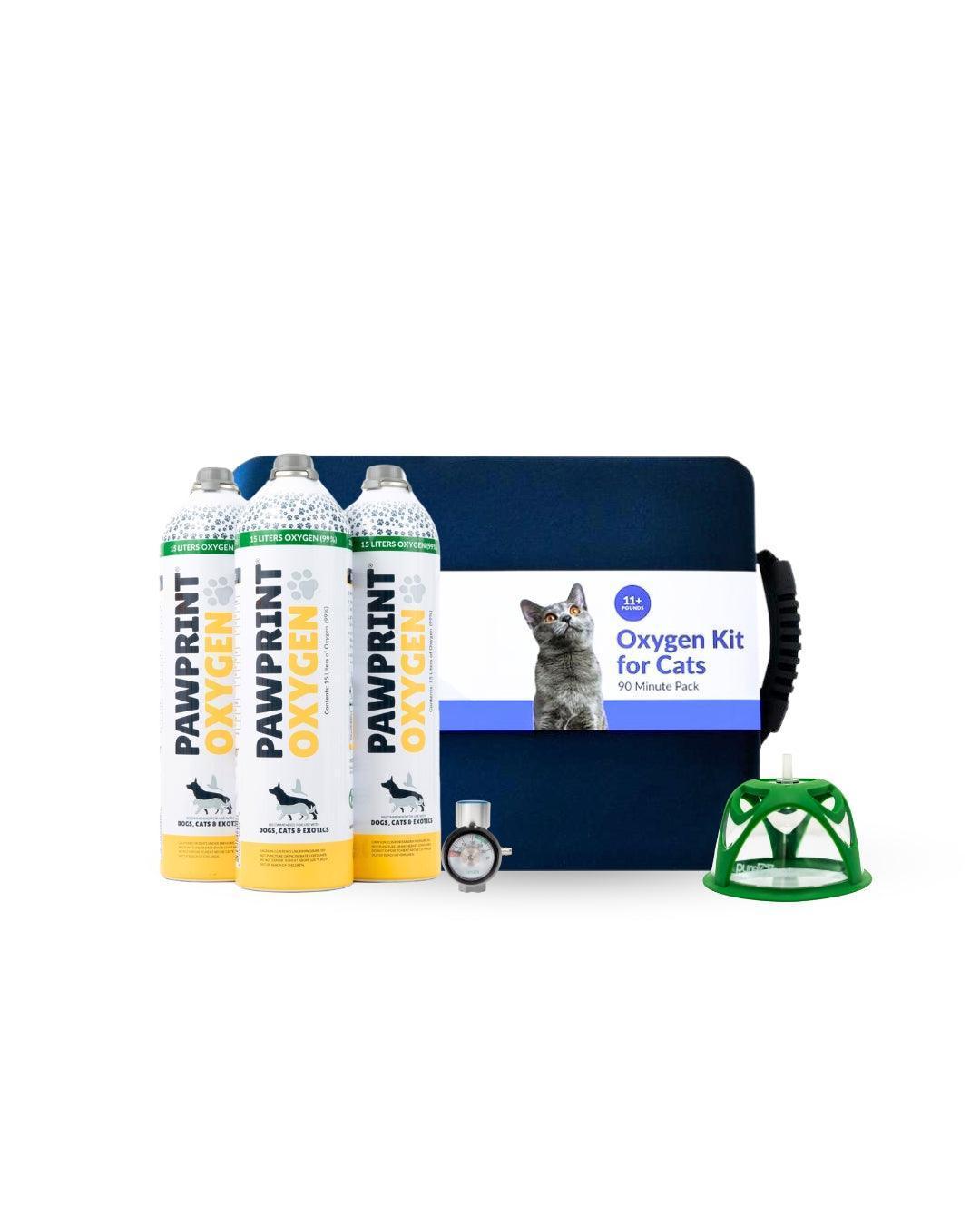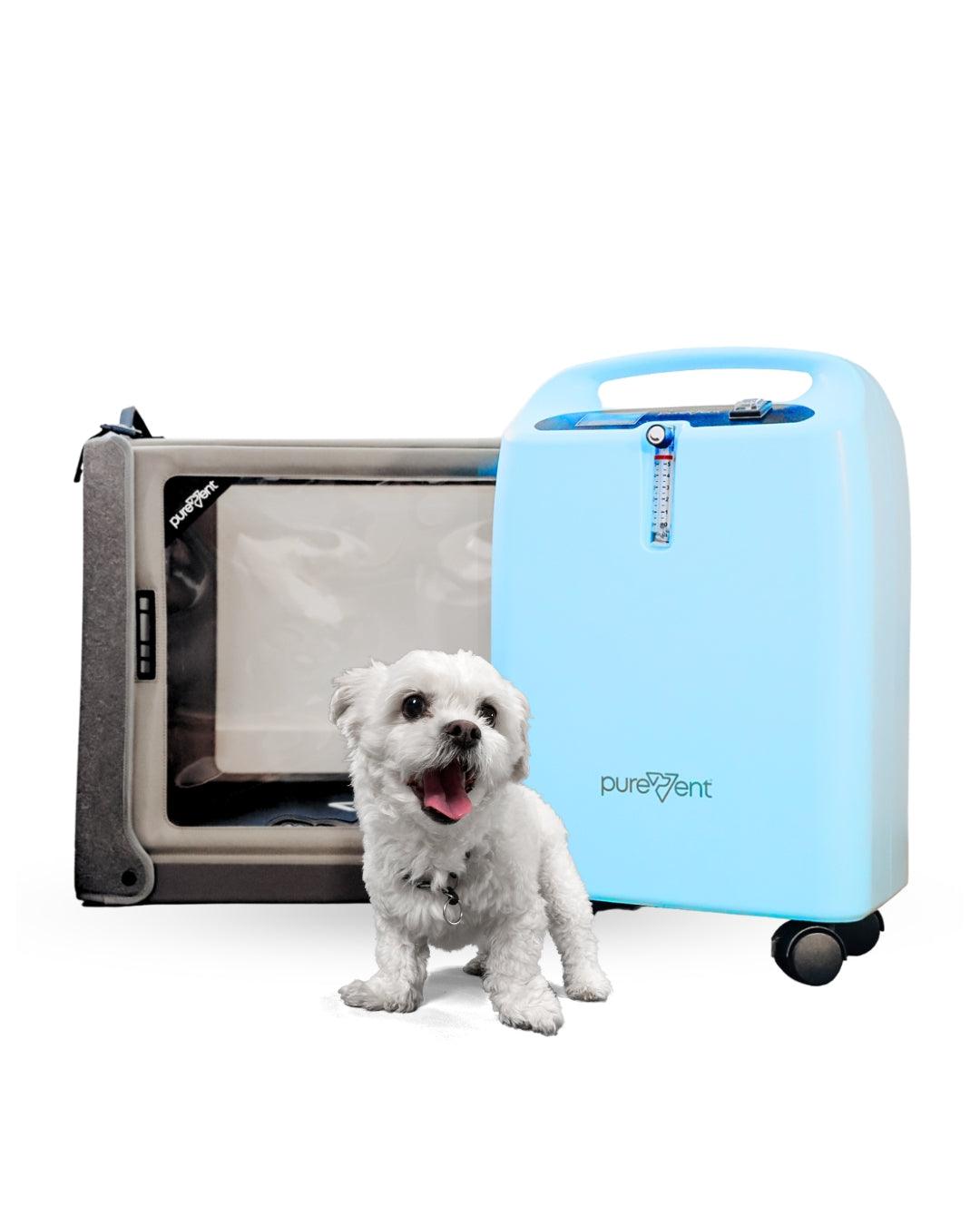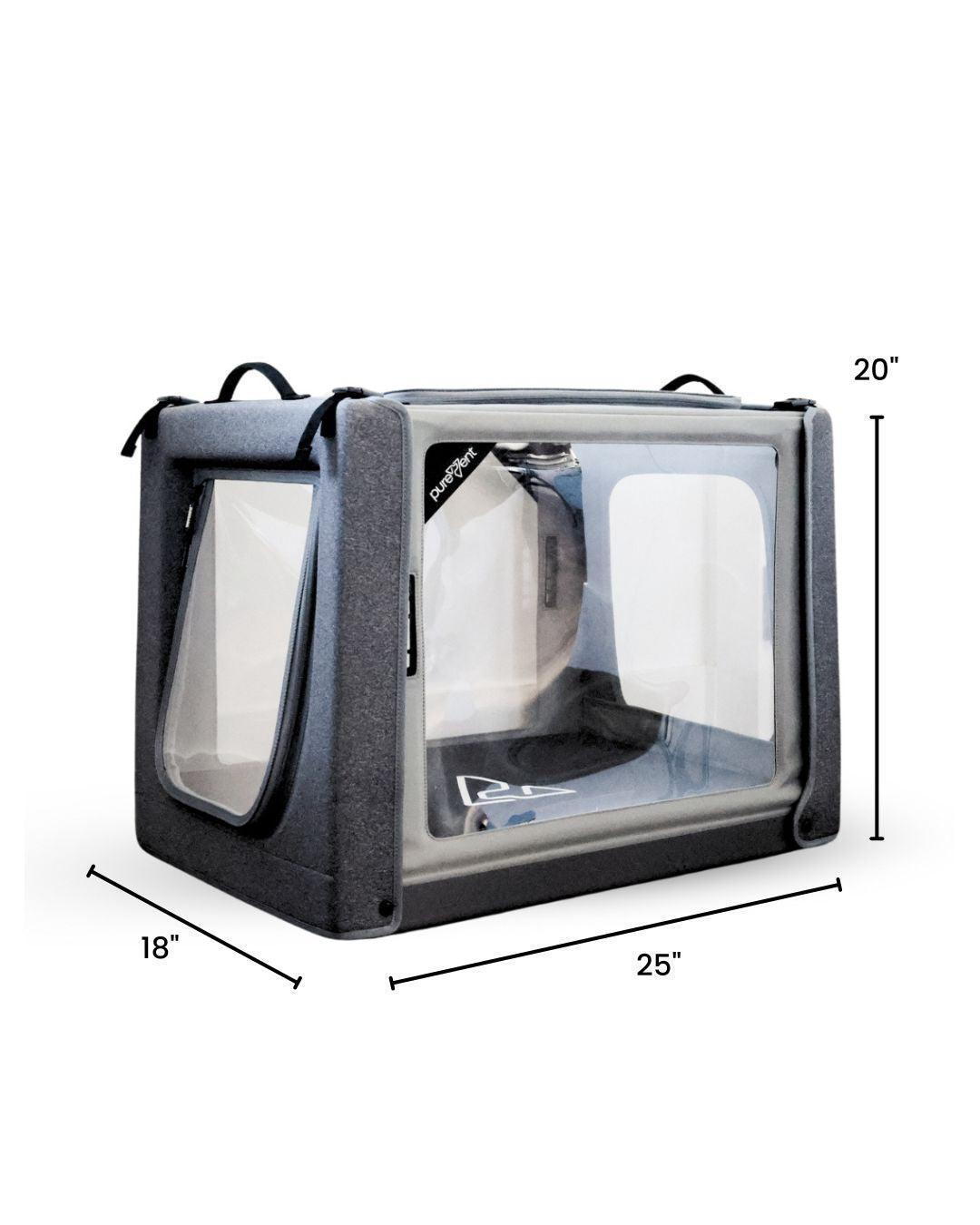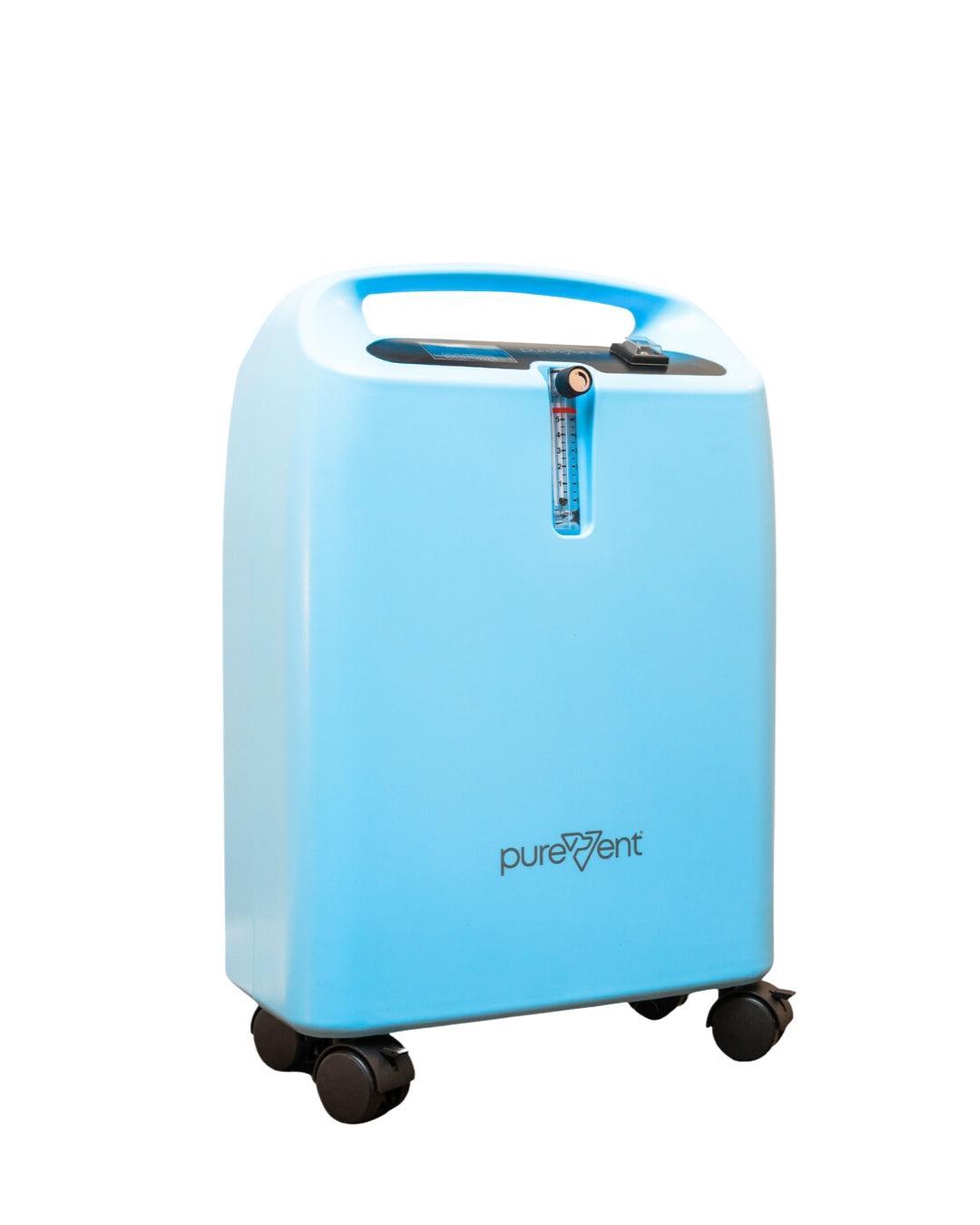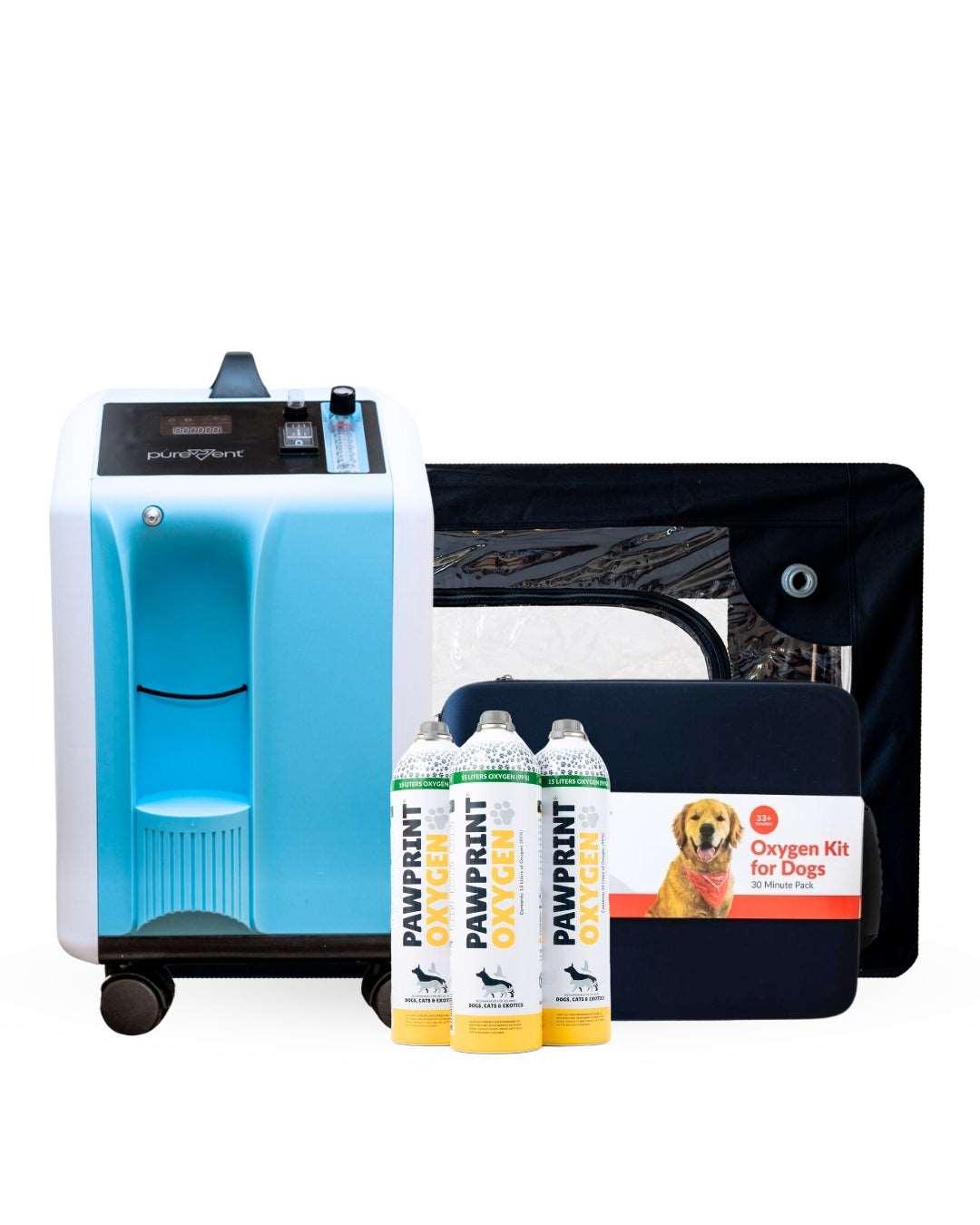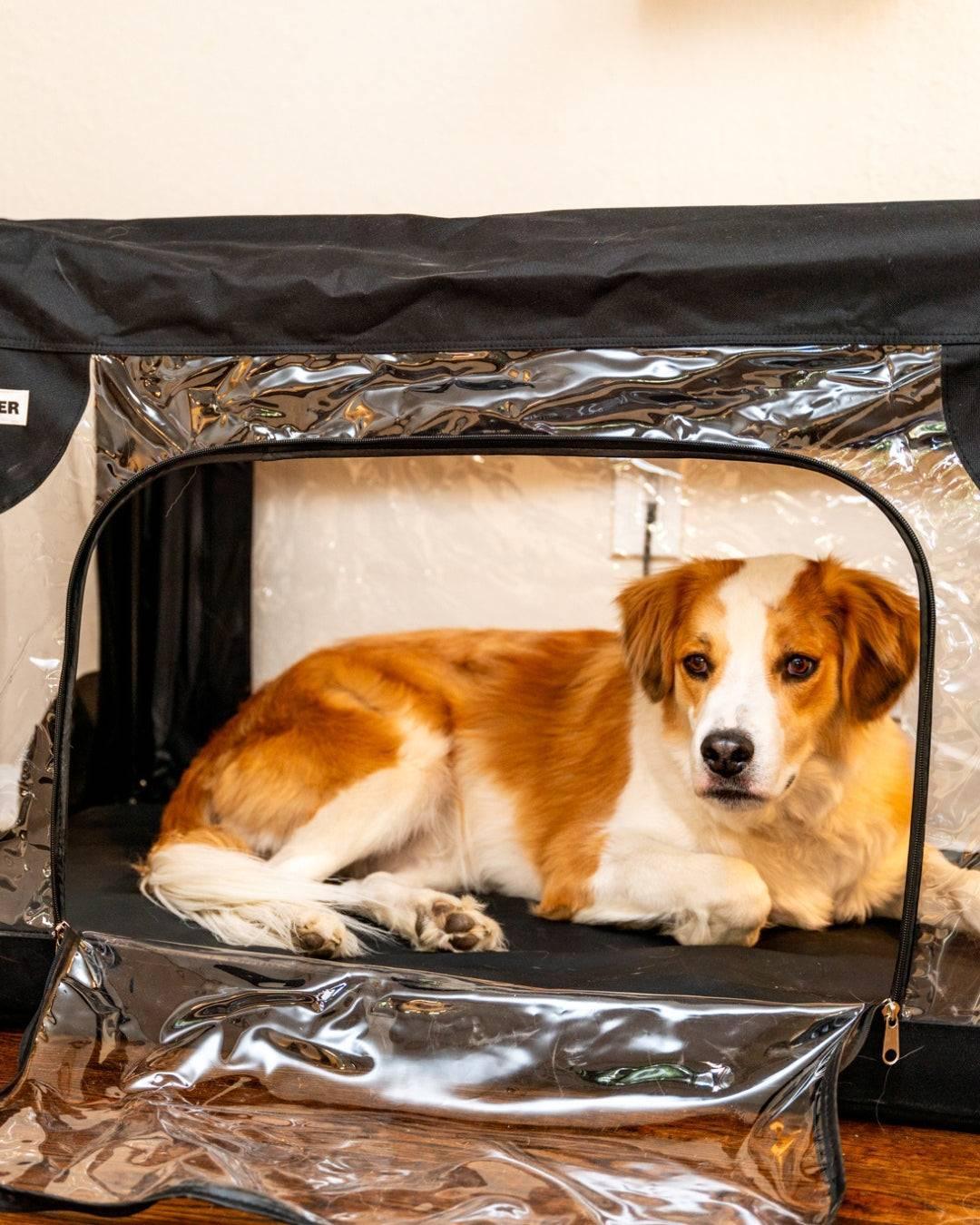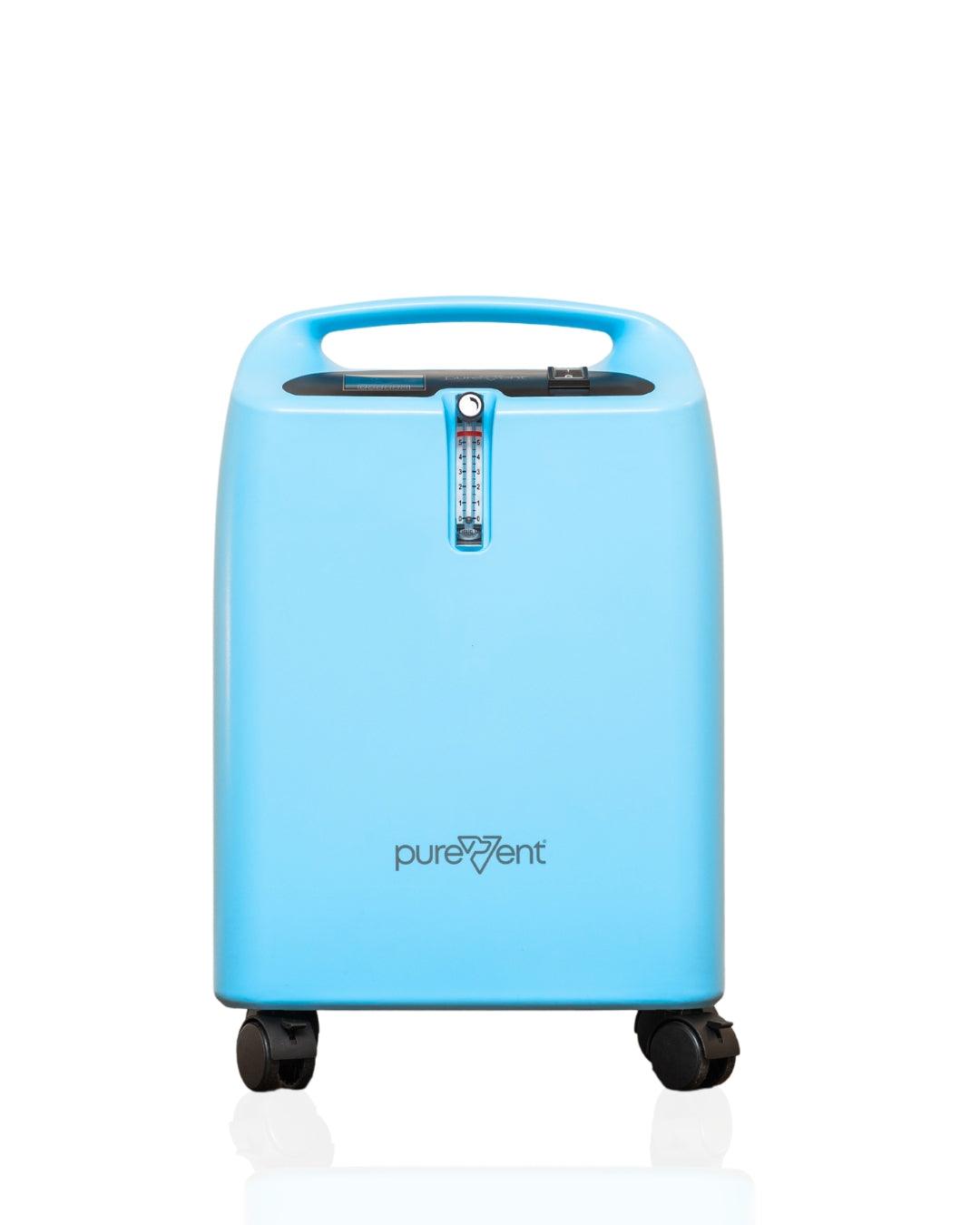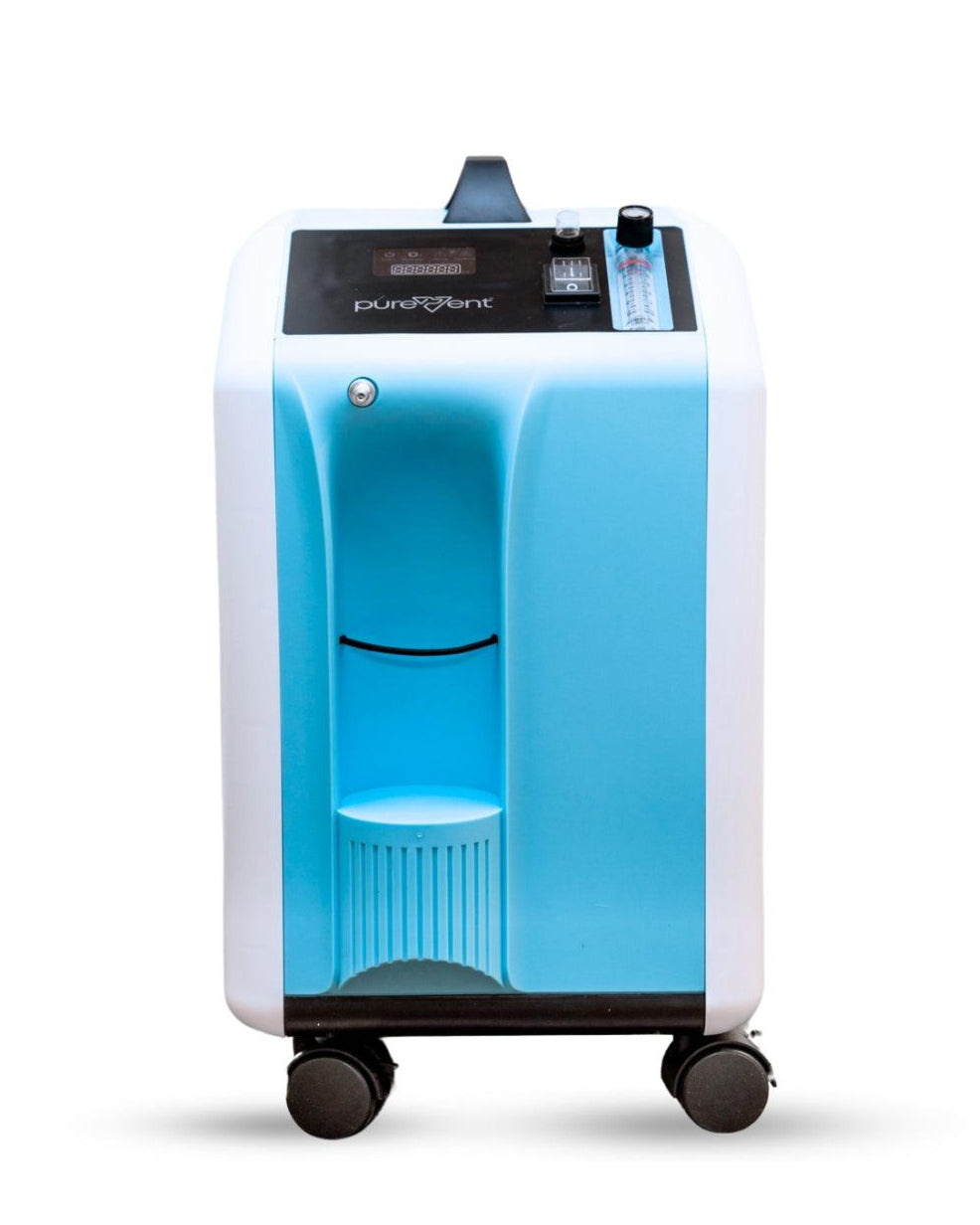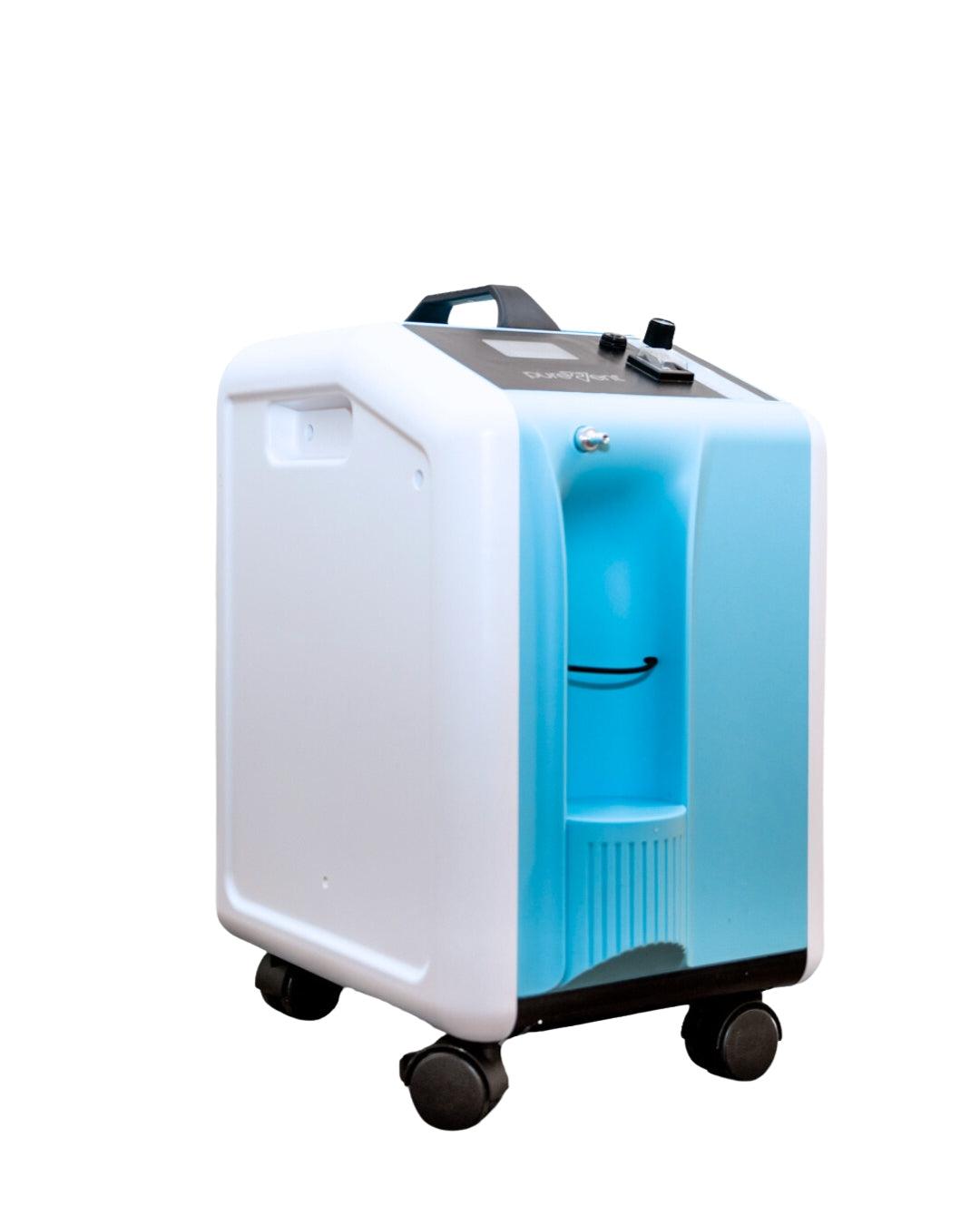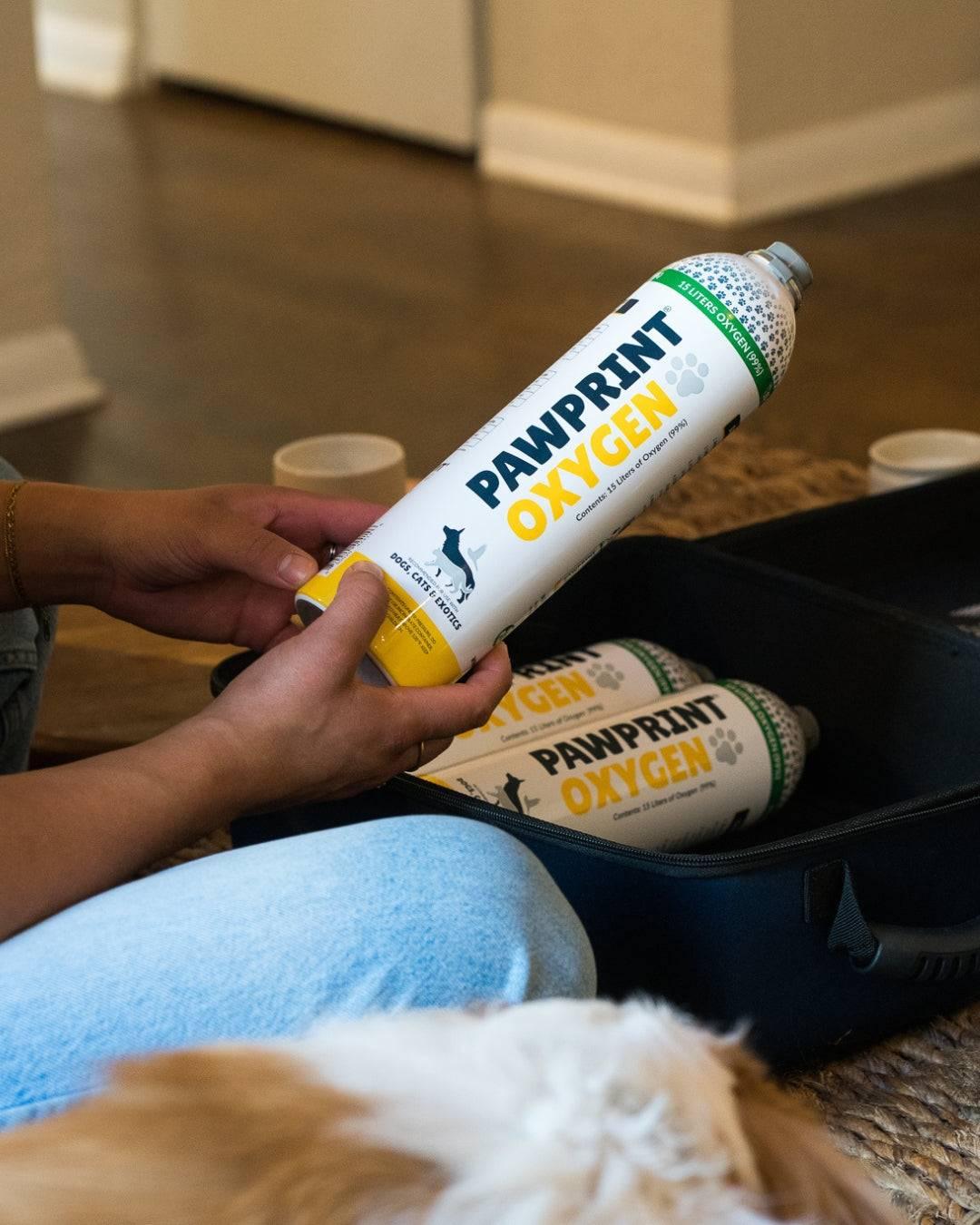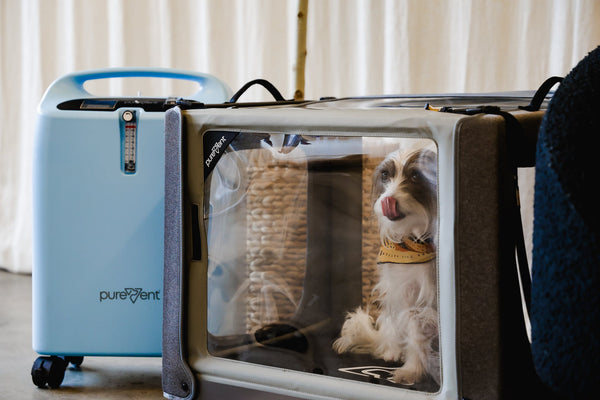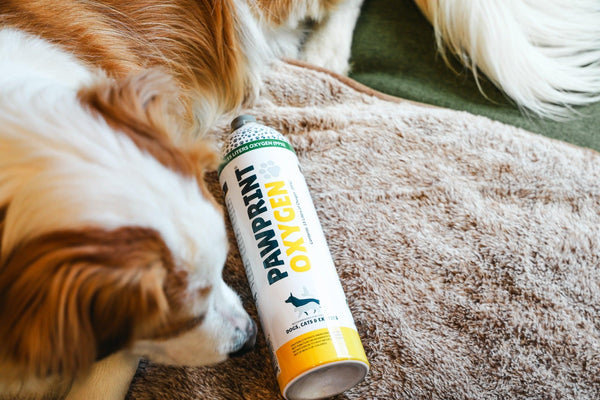Collapsing trachea in dogs occurs when the cartilage rings supporting the airway weaken, causing the windpipe to flatten and restrict airflow, and is most common in small breeds. Symptoms include a persistent “goose-honk” cough, wheezing, and difficulty breathing. To alleviate discomfort, pet owners can consider approaches such as weight management, avoiding airway irritants, use of a harness instead of a collar, medications (cough suppressants, anti-inflammatories, bronchodilators), oxygen therapy during distress, and if necessary, surgical interventions like stents or ring placement.
Table of Contents
What Is Collapsing Trachea in Dogs?
Collapsing trachea occurs when the trachea (windpipe) weakens and loses its rigid structure, causing it to flatten and restrict airflow. This condition is most common in small breeds but can also affect larger dogs and even cats. Understanding this condition is key to recognizing its impact and exploring treatment options.
Key points:
The trachea is responsible for moving air to and from the lungs.
When the trachea narrows or collapses, breathing becomes difficult.
Collapsing trachea reduces oxygen flow and can cause distress during activity or rest.
Symptoms of Collapsing Trachea
The symptoms of collapsing trachea can be subtle at first but gradually worsen over time. The most common signs include:
- Persistent cough that may sound like a 'goose honk'
- Difficulty breathing
- Wheezing
- Gagging
- Noise upon inhaling
- Cyanotic episodes (when the tongue or gums turns blue or purple)
These symptoms may be intermittent at first but usually become more frequent and severe as the condition progresses. Understanding the causes of collapsing trachea can help in managing the condition.
Causes of Collapsing Trachea
The exact cause of collapsing trachea is not fully known, but it is thought to result from both genetic and environmental factors. Dogs may be predisposed by birth, while others develop the condition due to aging, trauma, or lifestyle influences. Obesity, respiratory infections, and irritants like cigarette smoke can worsen the weakening of tracheal cartilage. Diagnosing the condition can be challenging, as symptoms overlap with other respiratory issues, but early recognition and veterinary care are essential.
Contributing factors of collapsing trachea:
Genetic predisposition or age-related degeneration
Trauma to the trachea or chronic respiratory infections
Environmental irritants (like smoke, dust, and chemicals)
Obesity adding strain on the airway
Veterinary evaluation needed to confirm diagnosis
Diagnosing Collapsing Trachea in Dogs
If you suspect your dog has collapsing trachea, a veterinary exam is crucial to confirm the condition and rule out other issues. Vets may use several diagnostic tools, including:
Clinical exam: History, physical check, and tracheal palpation.
X-rays: May show narrowing but not always collapse.
Fluoroscopy: Real-time imaging of airway movement.
Endoscopy: Direct view of the trachea and sample collection.
CT scan: Detailed 3D images for complex cases.
Differential diagnosis: Tests to exclude other respiratory or cardiac conditions.
Early diagnosis ensures effective treatment and improves quality of life.
Treatment Options for Collapsing Trachea
Treatment depends on the severity of the condition, with the goal of easing symptoms, improving quality of life, and preventing further collapse. Mild cases often respond to medication and lifestyle changes, while severe cases may require surgery.
Lifestyle Modifications
Weight management: Keep your dog at a healthy weight to reduce airway strain.
Environmental control: Avoid smoke, dust, perfumes; use a harness instead of a collar.
Stress reduction: Minimize excitement and provide a calm environment.
Medical Management
Cough suppressants: Reduce irritation and improve comfort.
Bronchodilators: Open airways for easier breathing.
Anti-inflammatories: Reduce tracheal swelling; long-term use requires monitoring.
Antibiotics: Treat secondary infections when present.
Oxygen therapy: Support during respiratory crises.
Surgical Options
Tracheal stenting: Keeps the airway open with an internal stent.
Tracheal ring placement: Provides external support in localized, severe cases.
Alternative Therapies
Acupuncture: May help reduce inflammation and improve breathing.
Herbal remedies: Options like licorice or marshmallow root may soothe the trachea (vet approval required).
Ongoing Care
Regular veterinary check-ups ensure treatment adjustments and early detection of complications.
With proper management and monitoring, many dogs with collapsing trachea can live comfortable, fulfilling lives.
Are there any natural treatments that help with a collapsed trachea in dogs?
While natural remedies cannot cure a collapsed trachea, they can ease coughing, inflammation, and airway irritation. These approaches are best used alongside veterinary care to improve comfort and quality of life.
Options include:
Weight management: Maintain a healthy weight to reduce airway strain.
Anti-inflammatory supplements: Turmeric and omega-3 fatty acids help reduce swelling.
Honey & herbal remedies: Raw honey, marshmallow root, or slippery elm soothe the throat.
Humidifier/steam therapy: Adds moisture to the air and eases coughing.
Avoid irritants: Eliminate smoke, perfumes, and harsh cleaners.
Harness use: Replace collars with padded harnesses to reduce tracheal pressure.
Acupuncture/chiropractic care: May support airway function.
Oxygen therapy: Provides relief during respiratory flare-ups.
How can I prevent my dog from having a coughing fit from a collapsed trachea?
Managing coughing in dogs with a collapsed trachea involves lifestyle changes, environmental control, and supportive care. Small adjustments at home can significantly reduce flare-ups and improve comfort.
Strategies include:
Minimize tracheal irritation: Use a harness, keep your dog calm, and manage barking triggers.
Maintain a healthy weight: Balanced diet and light, low-impact exercise.
Clean, moist air: Use a humidifier and avoid smoke, perfumes, and harsh cleaners.
Natural remedies: Raw honey or herbal syrups with marshmallow root/slippery elm.
Control environment: Avoid heat/humidity and prevent overexertion.
Oxygen therapy: Provide extra oxygen during flare-ups.
Veterinary support: Medications like cough suppressants or anti-inflammatories when needed.
Can a collapsed trachea get better, or will it worsen over time?
A collapsed trachea is a progressive condition that does not heal on its own, but with proper treatment, lifestyle adjustments, and medical support, many dogs can live comfortably for years. While the trachea cannot regenerate, symptoms can often be managed through weight control, trigger avoidance, medications, oxygen therapy, or in severe cases, surgery. Left unmanaged, the condition can worsen over time, leading to increased respiratory distress or complications, but proactive care greatly improves long-term quality of life.
Using Oxygen Therapy for Dogs with Collapsing Trachea
Oxygen therapy can be a critical component in managing dogs with collapsing trachea, particularly during acute respiratory distress episodes. By increasing the oxygen concentration that your dog breathes, this therapy can help alleviate symptoms, improve oxygen saturation in the blood, and provide significant relief. Always work closely with your veterinarian to tailor the oxygen therapy regimen to your dog's specific needs.
Benefits of Oxygen Therapy
- Immediate Relief: Provides quick relief from respiratory distress by increasing oxygen availability.
- Improved Oxygenation: Enhances oxygen levels in the blood, supporting overall respiratory function and reducing strain on the heart and lungs.
- Stress Reduction: Alleviates anxiety and discomfort associated with breathing difficulties, promoting a sense of well-being.

When to Use Oxygen Therapy for a Collapsing Trachea
Oxygen therapy is typically used during times of respiratory crisis or when a dog exhibits severe breathing difficulties. It can be particularly helpful in the following situations:
- Acute Respiratory Distress: If your dog is experiencing a sudden onset of severe coughing, wheezing, or labored breathing, oxygen therapy can provide immediate relief.
- Post-Surgical Recovery: After surgical procedures such as tracheal stenting or ring placement, oxygen therapy can support recovery by ensuring adequate oxygen levels.
- Chronic Management: For dogs with advanced collapsing trachea, regular oxygen therapy sessions might be recommended to maintain better overall respiratory function.
Key Points
- Managing a dog with collapsing trachea requires a combination of vigilant care, appropriate medical treatment, and lifestyle adjustments.
- By understanding the symptoms, diagnosis, and various treatment options of collapsing trachea, pet owners can take proactive steps to improve their dog's quality of life.
- Implementing practical tips such as weight management, environmental control, and stress reduction can significantly alleviate symptoms.
- Oxygen therapy and other medical interventions can provide critical support during respiratory distress episodes caused by collapsing trachea.
- Always maintain open communication with your veterinarian to tailor a comprehensive care plan that meets your dog's specific needs.
- With patience, dedication, and the right approach, you can help your dog lead a comfortable and fulfilling life despite the challenges of collapsing trachea.

